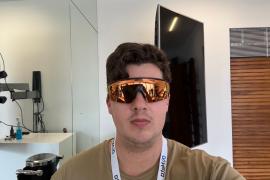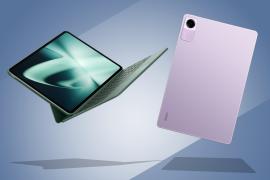15 gadgets that changed Stuff’s world
As Stuff turns 15, our writers look at the most memorable tech marvels to emerge during the magazine’s lifetime
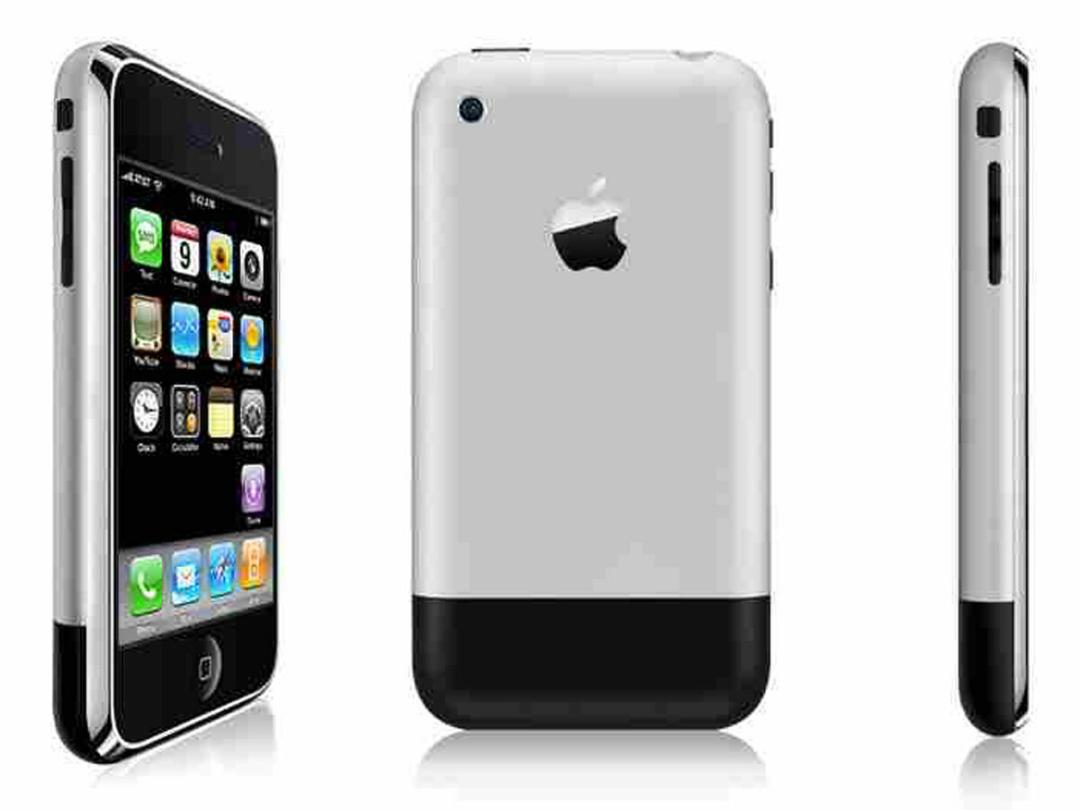
Fifteen years ago, we all lived in a world of Ceefax, Pokemon and latin pop. Then, in April 1999, Stuff magazine was born and our lives changed forever. Here, Stuff’s writers take a trip down memory lane via our favourite 15 gadgets from the magazine’s pages. And we’re starting with a PDA. Yes, really.
1999: Palm V
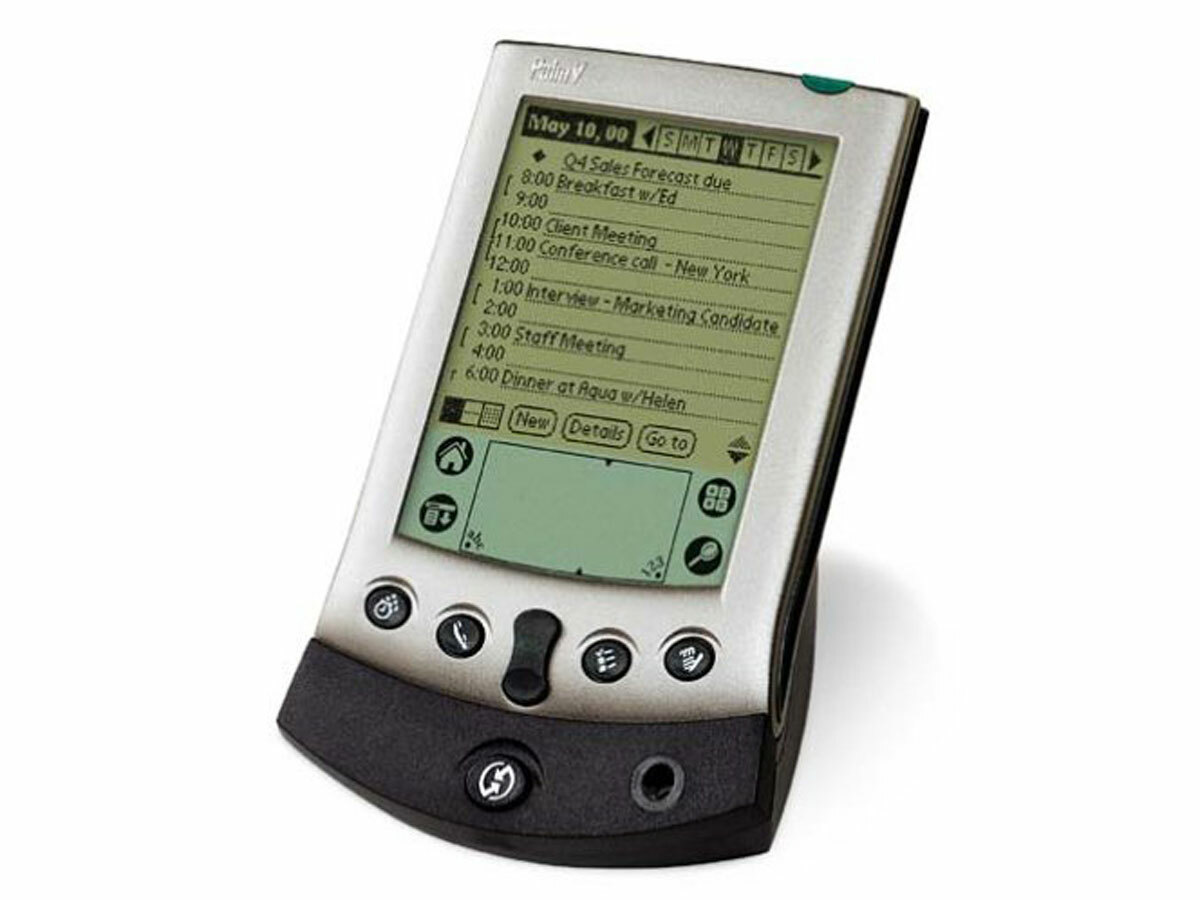
Toby Shapshak (Stuff South Africa since 2007):
The V forever changed the way I work and enjoy media. I loved it in a way I do not love my iPhone, even though Apple’s “smartphone” (which, back then, meant a clever house brick) is the logical conclusion of everything my beloved Palm was. The V was the Tesla of consumer tech and laid the groundwork for where smartphones would eventually go. I read books on it long before I owned a Kindle, and bashed out notes on Palm’s nifty folding keyboard a decade before the iPad arrived.
Its appearance in the first issue of Stuff was pretty fitting seeing as both celebrate the same things: simple design and objects that are blessed with grin-inducing usability. A certain cult aura doesn’t hurt either. Yep, in every sense, the lowly Palm paved the way.
2000: Creative DAP Jukebox
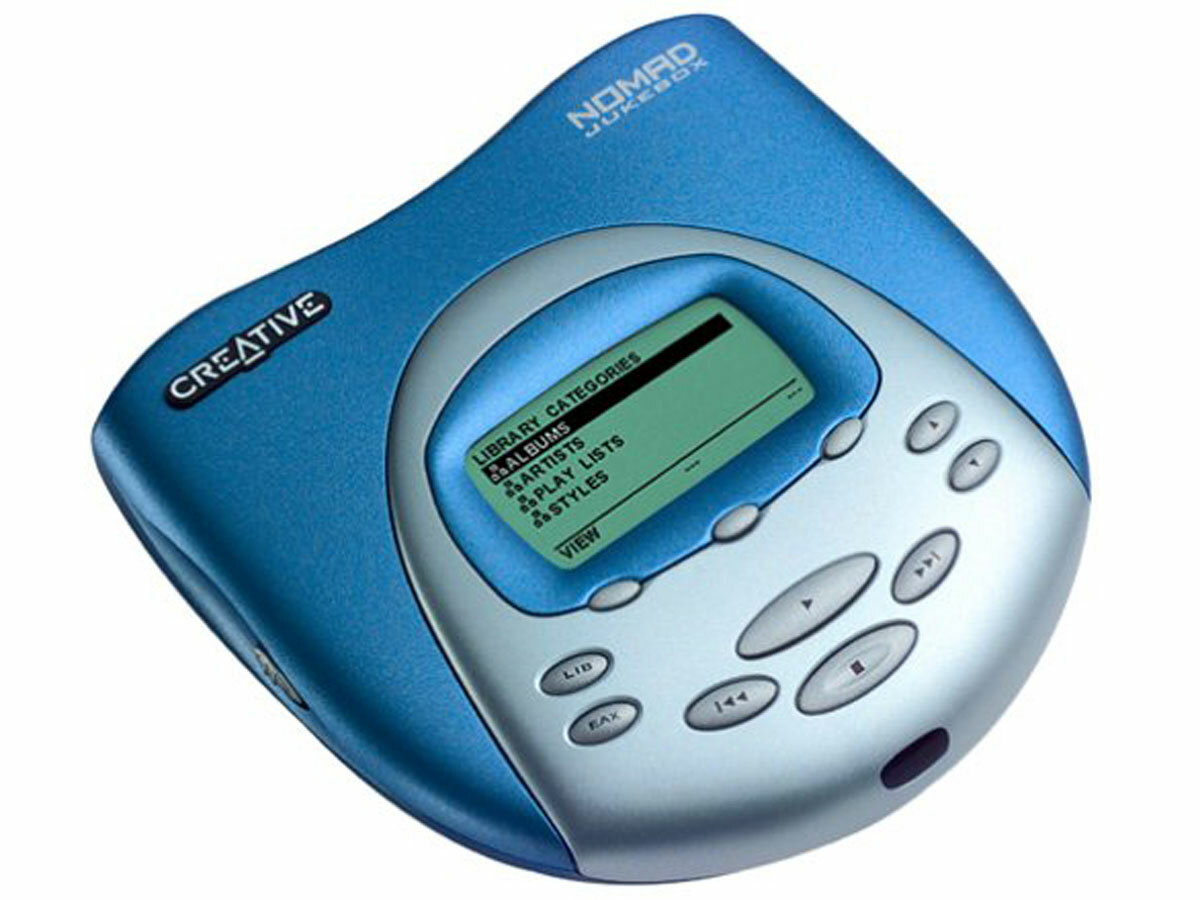
Clare Newsome (Stuff 1999-2000):
Yeah, it sounds ridiculous now, but in 2000, something with the looks and battery life of a chunky portable CD player changed the way we listened to music. Apple’s iPod was still more than a year away when the DAP (Digital Audio Player) delivered a 21st-century alternative to carrying around a bag of cassettes and batteries.
It overcame the limitations of early MP3 players, which had to be fed pricey memory cards holding only an hour of music. Crucially, it also had a line-out: plugged into powered speakers, it offered an instant music system, as those working near Stuff soon learnt. We trashed two while testing (apparently hard drives hate being dropped) but we were soon crafting obscure “queues” built from MP3s ripped at the daringly high bitrate of 128kbps.
2001: Apple iPod
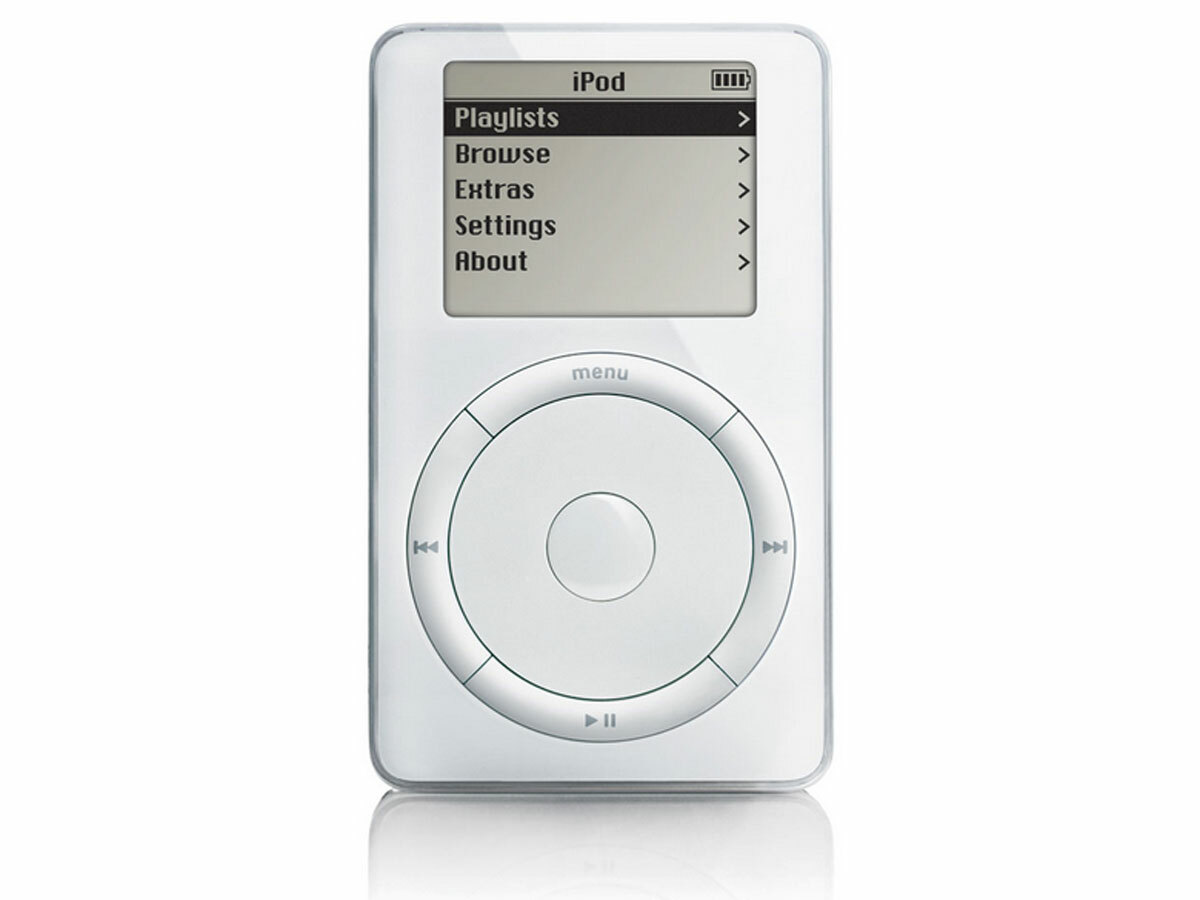
Rob Waugh (Stuff 1999-2002):
As tempting as it is to use 20/20 hindsight, not everyone at Stuff was bowled over by the first iPod. Some of my colleagues practically fell to their knees in awe, while our news story acknowledged its “typically beautiful design”. But anything would have beaten the Creative DAP Jukebox on looks, and the iPod’s 5GB storage was only a quarter that of its rival.
I actually stuck with Sony’s superb line of CD Walkmans for a while because the sound was so much better than 128kbps MP3s. But, eventually, higher-capacity, PC-friendly iPods won me over. And HMV, which once blocked sales of any artist releasing albums on MP3 before they hit the shops, crumbled into an irrelevant pile of dust. A big moment, then, but the iPod was a slow-burner rather than the explosion you might expect.
2002: Archos Jukebox Multimedia
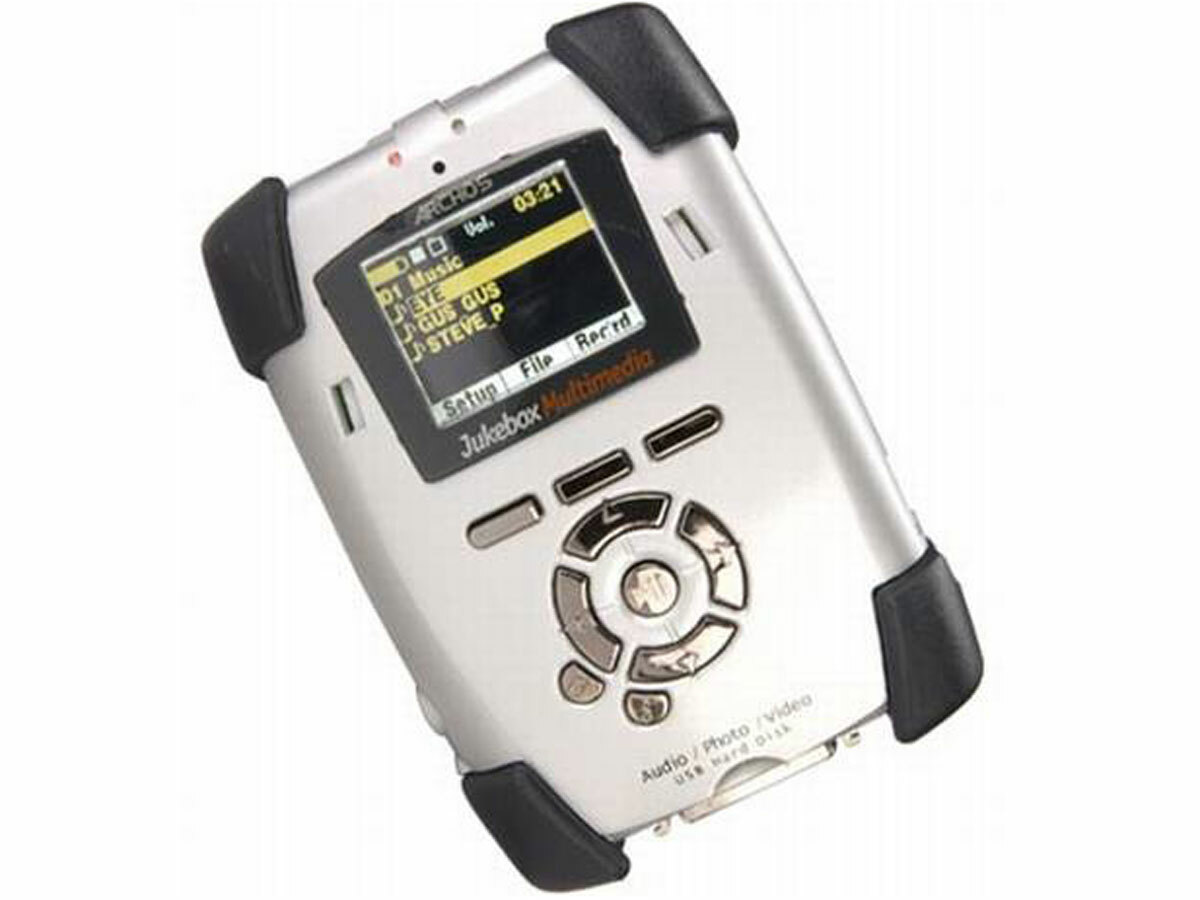
Fraser Macdonald (Stuff since 2001):
Of the many hours I’ve spent tinkering with tech, the most soul-destroying were those I spent trying to be a video-on-the-go pioneer.
Determined to be ahead of the curve, and with a mission to permanently retire my VCR, I resolved to digitise my VHS collection and keep them on this video jukebox. This involved connecting said VCR to a Windows laptop, via a Plextor ConvertX video-capture USB thingy and the usual “driver not found” nonsense. Then capturing the VHS footage in real-time, then figuring out how to convert the video to the MP4 codec that the Archos supported. Entire days would disappear, and still it wouldn’t work. And then one day it did – and a 45-minute skate film played back on its 1.5in screen. Joy! I immediately threw the VHS tape in the bin. And then my VCR. I was never doing any transcoding again.
2004: Motorola RAZR V3
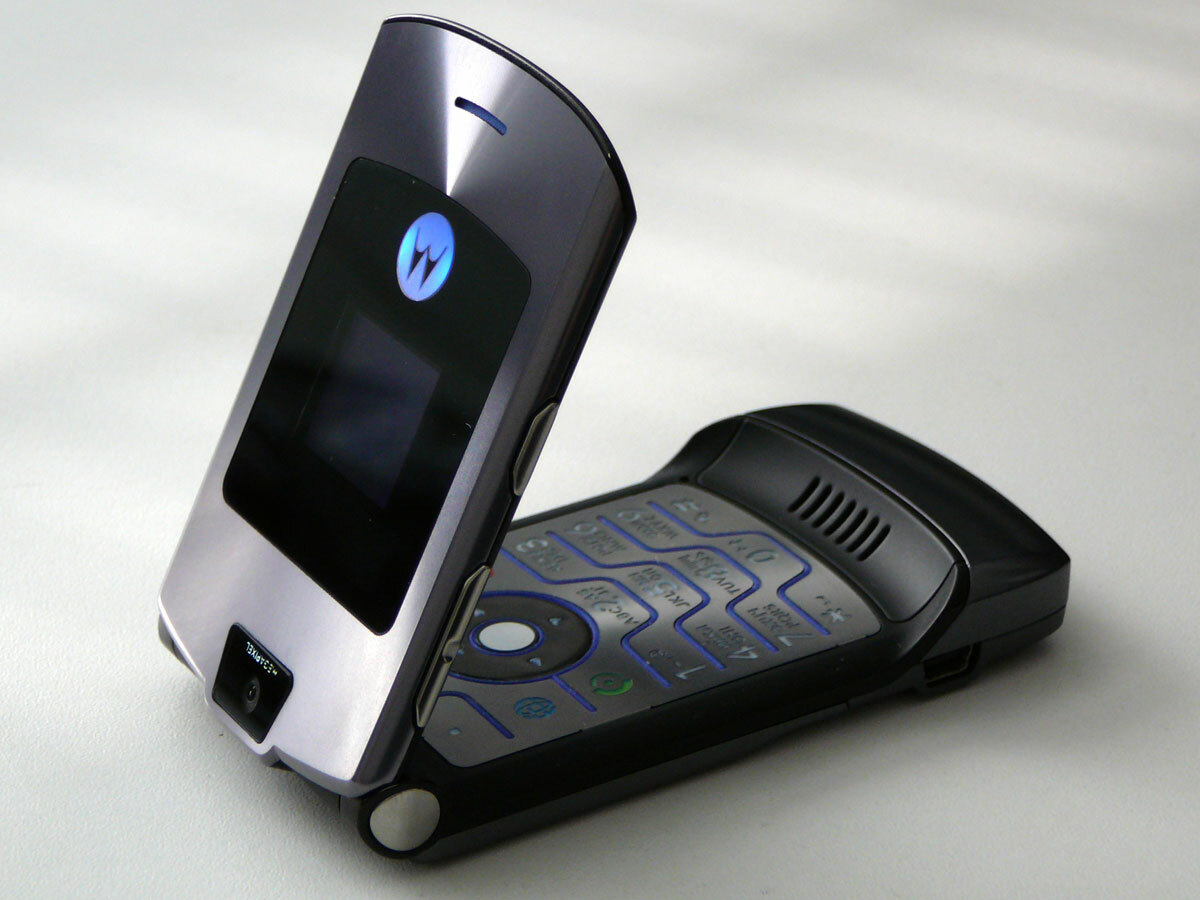
Michael Brook (Stuff 2003-2006):
After the V70’s circular screen, I didn’t think there was much Motorola could do to surprise me. But the two-screened RAZR V3 managed it. It was a work of mobile art, staggeringly slim and perfectly pocketable. Like the original StarTAC and the “wings” phone before it, the V3 was one of the most enduring handsets of its time.
In that hinterland between the creation of the mobile travesty that was WAP and the arrival of the iPhone, the V3 was at once infinitely desirable and horrifically flawed. For every gasp it earned by dint of its breathtaking beauty, it provoked just as many groans due to its terrible interface – you’d soon be pining for your Nokia or Sony Ericsson. But that didn’t stop it selling by the bucketload, making iPod levels of Stuff appearances and being hailed as the future of mobiles. Did we mention it had two screens?
2004: TomTom GO
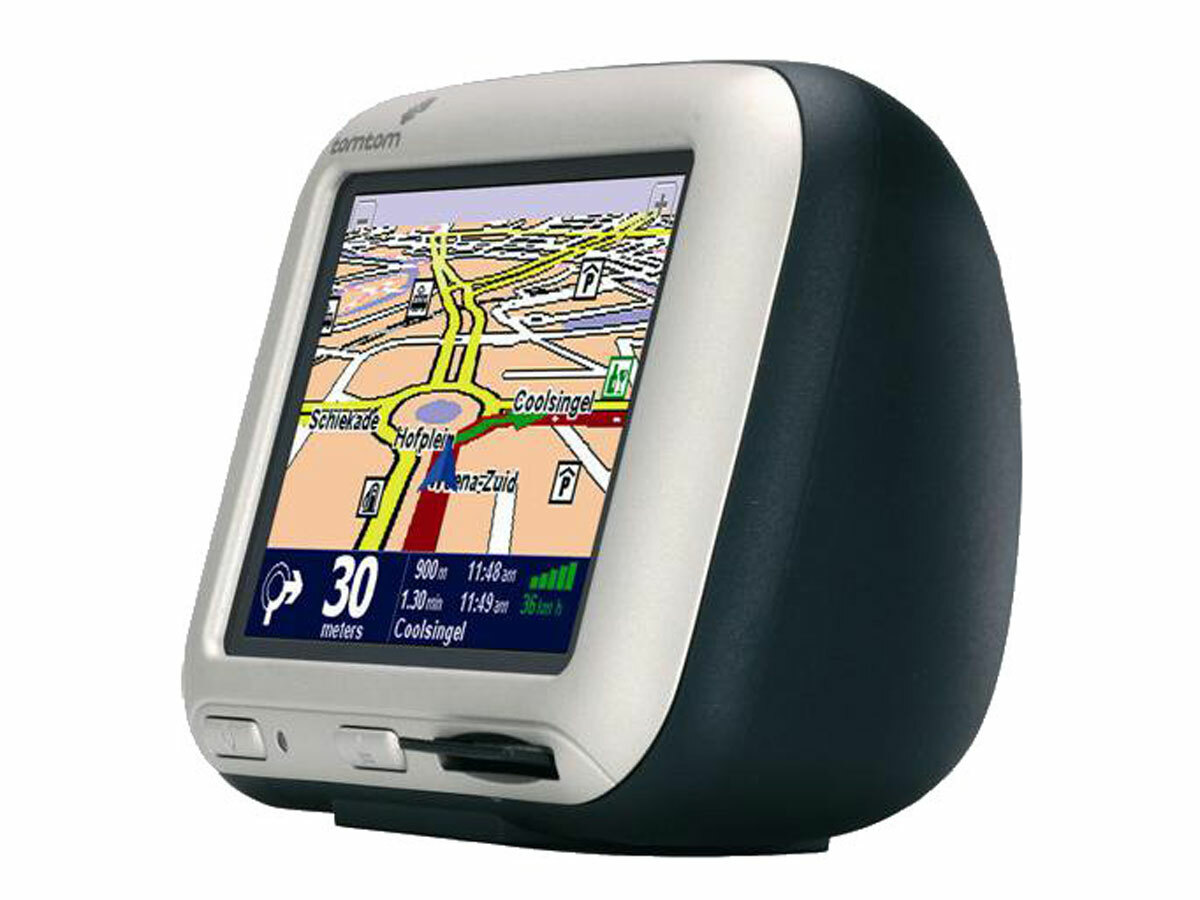
Fraser Macdonald (Stuff since 2001):
In the early noughties, successful satellite navigation required a big dollop of geekery. With the enthusiasm of youth, and having arrived in Big London recently enough to still have a car, I was that geek. I spent hours sitting in a cold Sierra trying to convince a hiker-orientated Garmin not to take me up bridleways. Or watching as a Windows palmtop struggled to combine a GPS backpack with mapping software, then crashed. Again.
And then a group of Dutch people brought the GO into the office. Designed specifically for cars, it had a colour touchscreen and an integrated GPS receiver, a bold, intuitive UI and colourful, stylised maps. But more importantly, it actually worked – I just stuck it to the windscreen, plugged it in and drove. And it never directed me along a coast-to-coast path.
2006: Google Earth
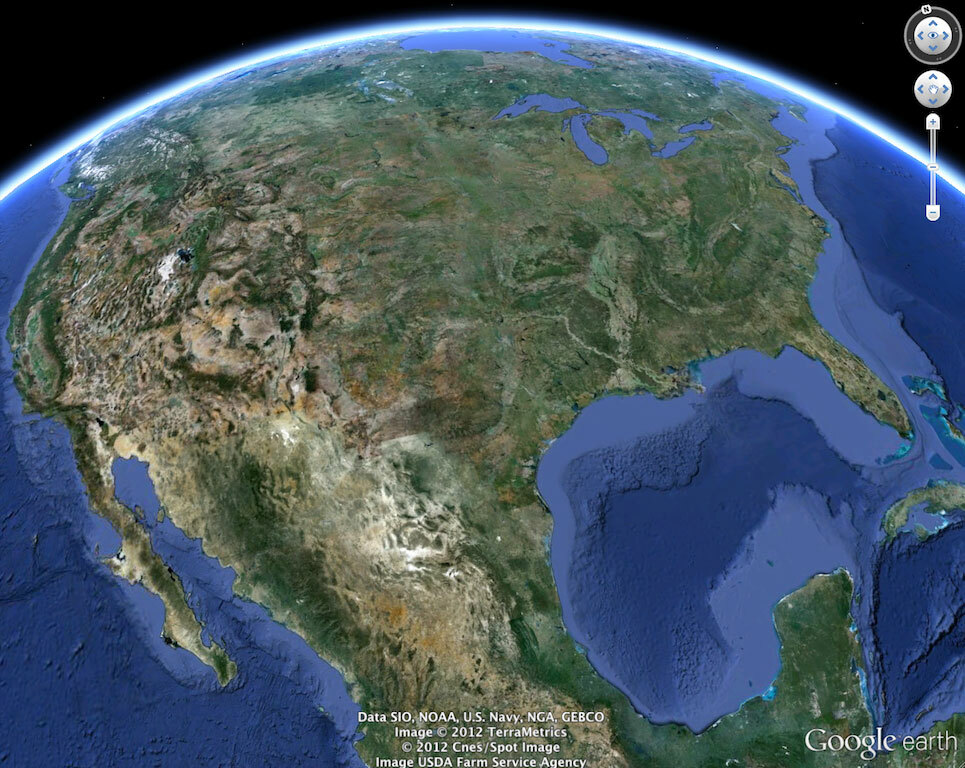
Mark Wilson (Stuff since 2004):
Before Google Earth, only shiny gadgets and free pizza attracted gaggles of excited Stuff staff. But the “search giant”, as we innocently called Google before it turned into Skynet, changed all that with its new web service. Minutes after I’d download the first Mac version, people were queuing up to type their addresses into the “fly to” box to see who was parked on their drive in 2001.
Strange to think that as recently as June 1999, Stuff had written with wonder about a company weaving together satellite maps of Europe. The only place to see them was in a £25 book. Now we had an entire, searchable planet on our computer. Of course, these days we’re spoilt with the ability to fly to (and inside) the world’s buildings in Street View. But it was Google Earth that first made us take web miracles for granted.
2006: MotorStorm
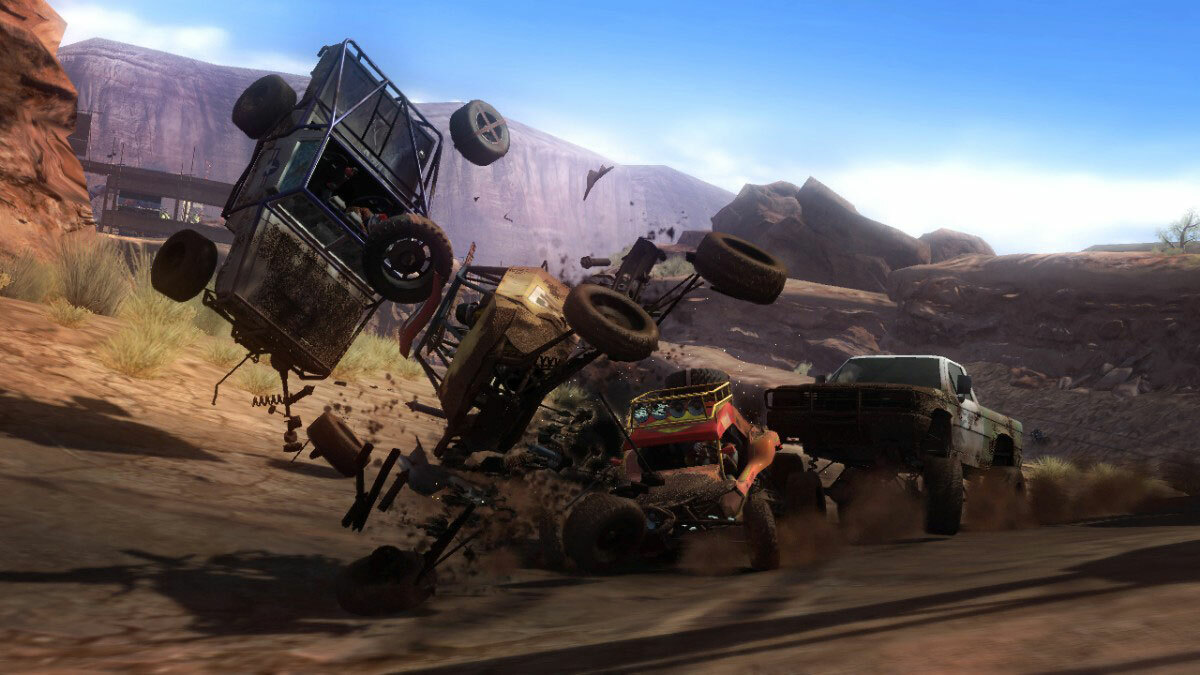
Tom Wiggins (Stuff since 2006):
There are times when I realise this job isn’t like others. It’s usually when somebody rides a motorised pogo stick around the car park in the name of “testing”, but sometimes it’s when we get our hands on big-name kit before it hits the shops.
We got our PS3 when it launched in Japan, about six months before it reached the UK, and the one game that hooked us all was MotorStorm: it was fast, it looked amazing and it was as competitive as Cristiano Ronaldo playing Mario Kart with Zlatan Ibrahimovic.
It was the little things that really made it come alive, like switching to the first-person view riding a dirt bike and seeing the mud get kicked up around you. Or boosting to the point of an explosion in an attempt to finish first. With MotorStorm, the next gen had truly arrived.
2007: Apple iPhone
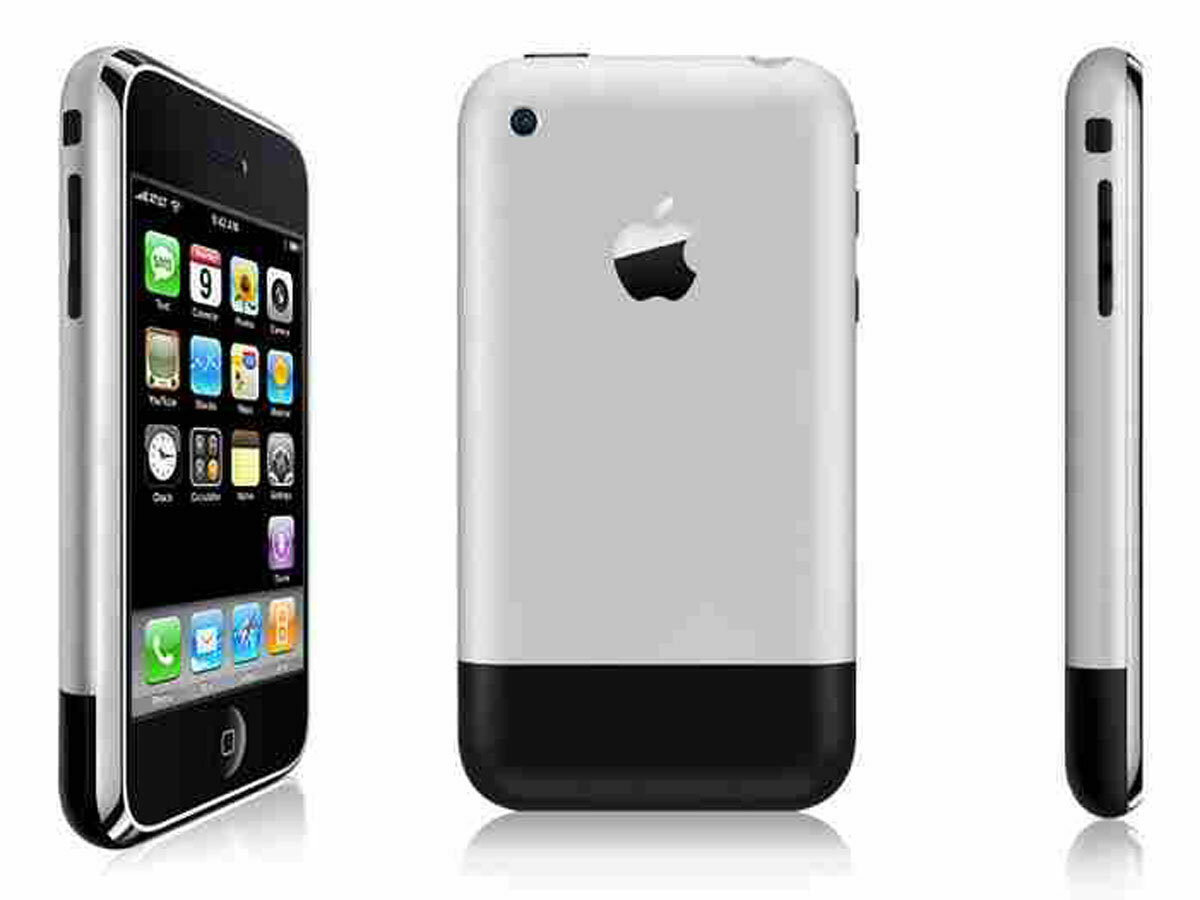
Tom Dunmore (Stuff 1999-2009):
It seems impossible to believe in this age of rumour and leak, but the arrival of the iPhone was a complete shock. Sure, we suspected Apple had plans to build on the success of the iPod with an iTunes phone. But when Steve Jobs walked on stage at MacWorld San Francisco in January 2007 and announced that Apple was launching a new widescreen iPod, mobile phone and internet device, we thought he was talking about three separate products.
I was lucky enough to witness seven Steve Jobs keynotes in my decade at Stuff, and this was his best. As the demonstrations began, I realised that he was controlling the audience in exactly the same way as the iPhone, eliciting an extraordinary response with the lightest of touches.
When he finished, everyone rose to their feet to give a wild ovation. Well, everyone except us cynical British hacks: the iPhone was too good to be true. But then six of us were whisked backstage and given exactly two minutes each to fondle it. We passed it around as if it were some alien artefact, our eyes widening as we realised it really did work like Steve had said. We were used to dim, unresponsive touchscreens that needed to be prodded with a stylus, but the iPhone offered a bright control panel to a universe of features that could, with a stroke, reconfigure to whatever function was necessary.
Convergence had arrived. I left the room and called the Stuff newsdesk. “This isn’t just the greatest gadget ever,” I gushed, “it’s the coolest thing in the universe!” And even today, I still believe that’s true.
2007: Rock Band
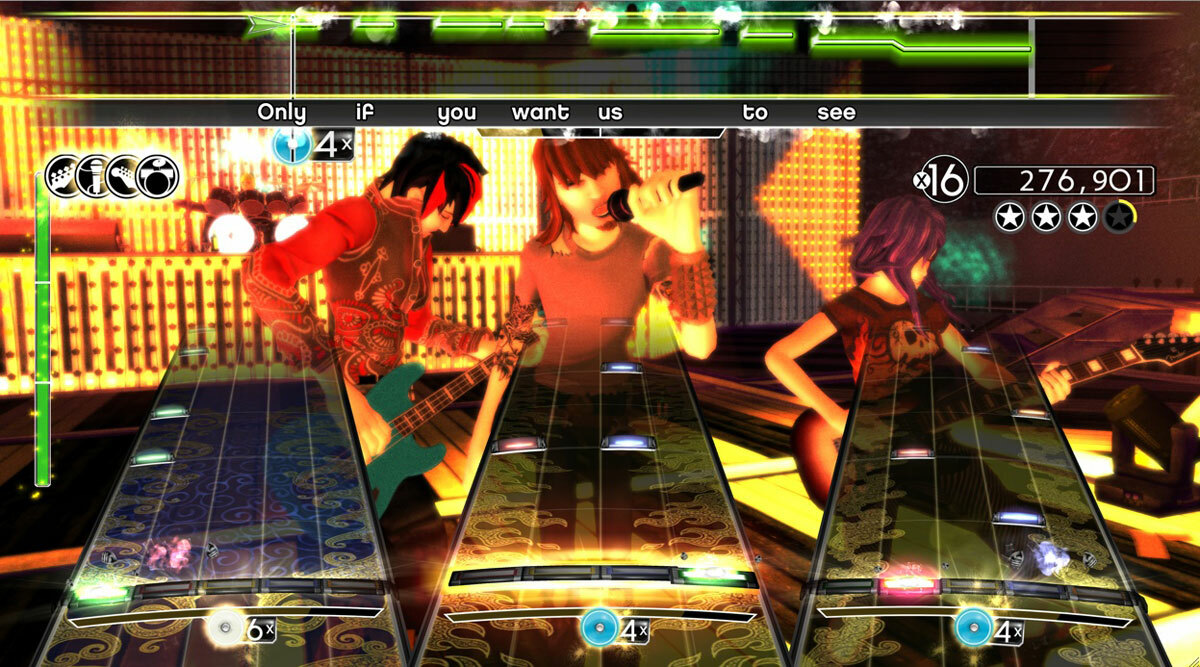
Tom Wiggins (Stuff since 2006):
For me, the Battle of Trafalgar wasn’t a sea scuffle in 1805, but rather an epic duel fought with plastic instruments in front of tens of people (and ringmasters Dick and Dom from Da Bungalow).
With Rock Band still a year away from a UK release, EA offered us the chance to form our own beat combo and enter a battle of the bands in London’s Trafalgar Square. As a Guitar Hero veteran, I jumped at the chance and recruited three bandmates. In hindsight, Radiohead’s "Creep" might not have been the best song to win over a crowd of curious tourists, but we certainly looked the best. And that’s what rock’n’roll’s about.
2008: T-Mobile G1
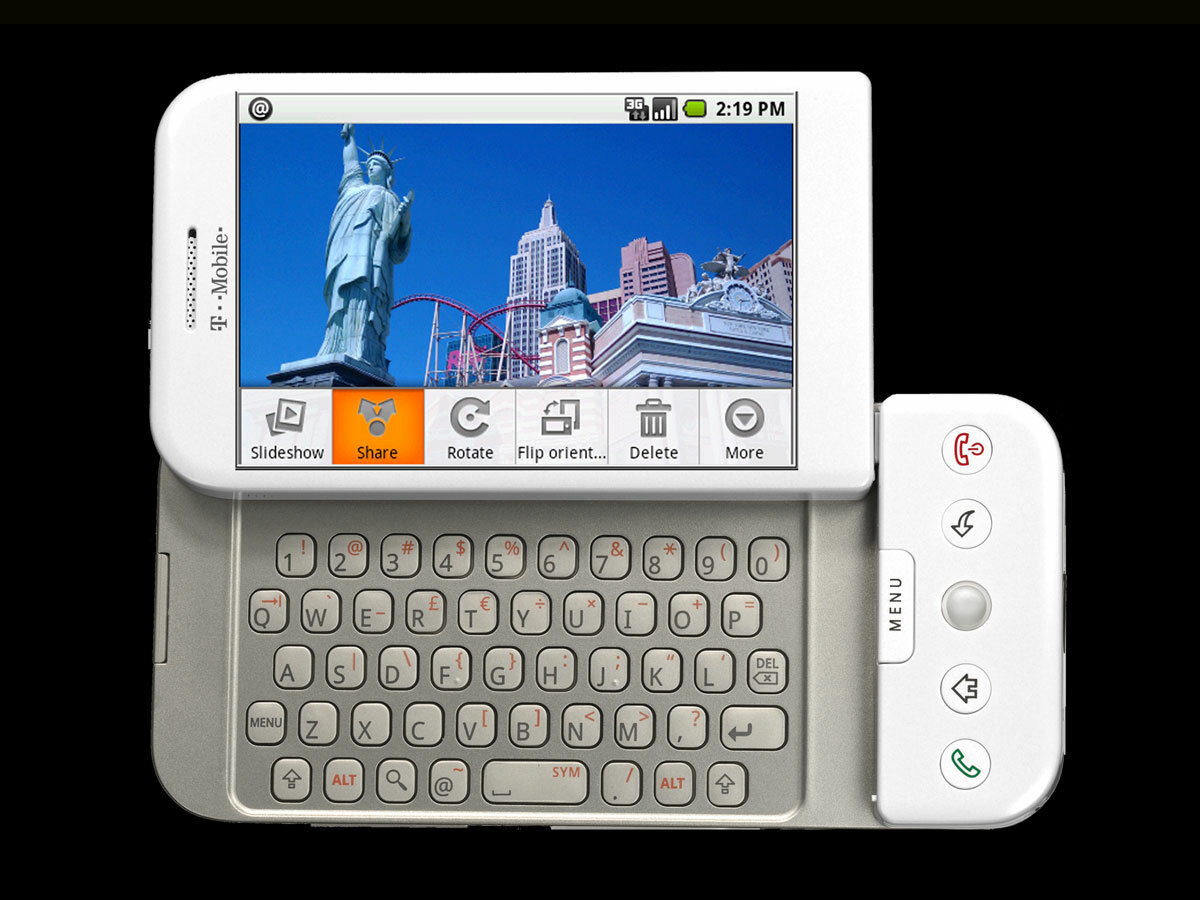
Linsey Fryatt (Stuff 2000-2009):
When the world’s first Android phone landed on the planet, it did so not as a consumerist climax to a two-hour keynote, nor hoisted on a golden pagoda, surrounded by dancing bears, but rather in a small hotel room in Covent Garden.
An HTC engineer quietly guided me around the new Android OS on the T-Mobile G1 – or HTC Dream, as it was known elsewhere – and I knew right there I had found my mobile Zen, never again to be constricted by the digital hegemony of iOS. Beautifully simple, drag-and-drop, open-source, widget-based. This smartphone was whatever I wanted it to be, putting your choices – not Jobs’ or Ive’s to the fore.
Since then we’ve lost the keyboard, the controversial navigation nub and gained a global market leader of mobiles. Sad as it sounds, this was my gadget equivalent of seeing The Stone Roses at Spike Island.
2009: Panasonic Lumix GF1 and Olympus PEN E-P1
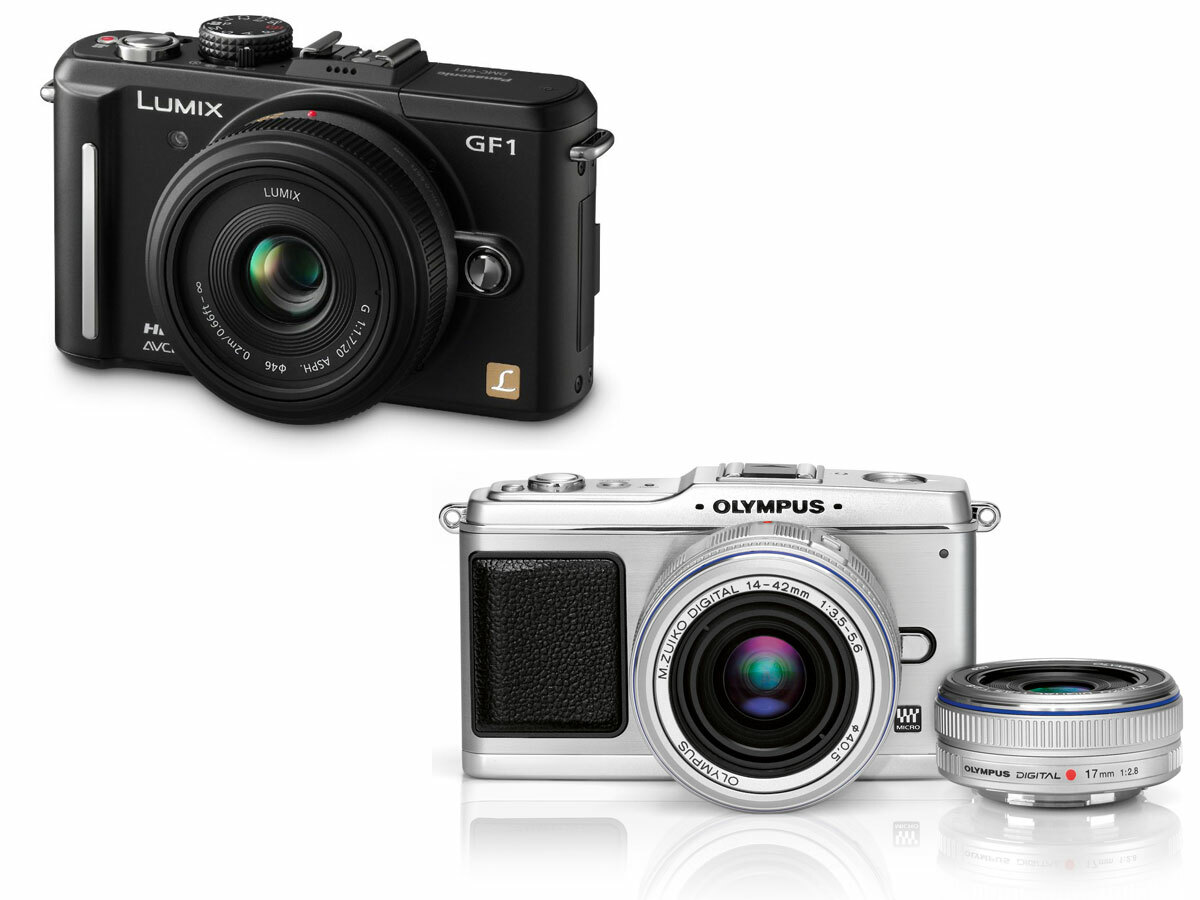
Simon Osborne-Walker (Stuff since 2005):
The Micro Four Thirds movement promised a revolution: SLR quality from svelter bodies and teensier lenses. The first model, the Panasonic G1, was too clunky and chunky for my liking, but soon a pair of MFT champions emerged. Olympus’ heavily teased PEN E-P1 was just downright gorgeous, kicking off the retro-cam trend and prompting oohs and aahs around the Stuff office.
But it was the understated Panasonic GF1 that persuaded me compact system cameras were the future. With the slimline 20mm f1.7 lens attached, it placed super-sharp imaging into my jacket pocket, carried everywhere like my trusty old Leica CL film camera once was. From that moment I was a CSC evangelist.
2012: MakerBot Replicator
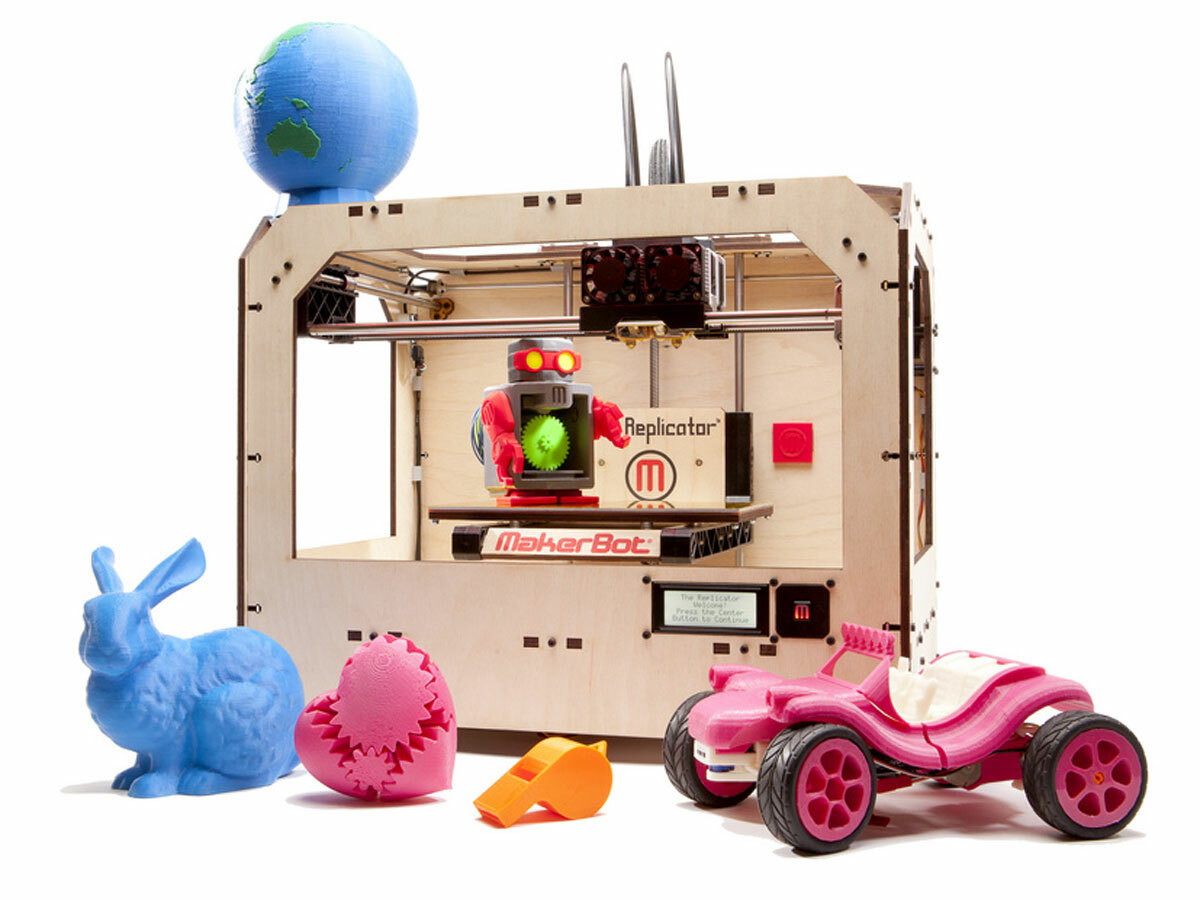
Mark Wilson (Stuff since 2004):
The MakerBot was a charming little showman when it arrived in the Stuff office. But where bystanders saw a cute, bleeping box beavering away on a new creation, I saw a cube of pure evil whose aim was to destroy me via an impossible-to-calibrate extruder nozzle. Two days and piles of plastic later, we managed to print a three-dimensional Stuff logo. Once my high had subsided, I retired from 3D printer duty and passed the plastic albatross of responsibility to my colleague Jools. He’s never quite been the same since.
2013: Google Glass
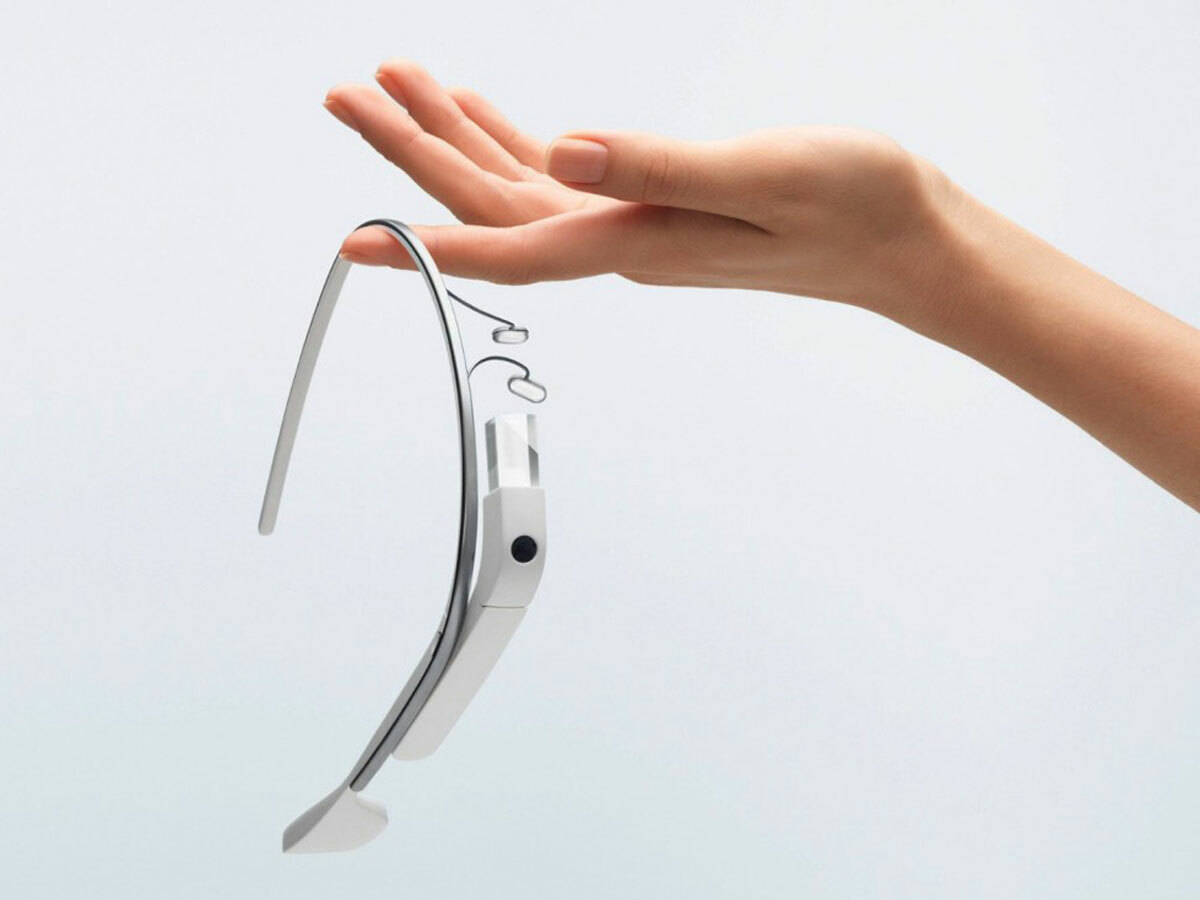
Lucy Hedges (Stuff since 2009):
The massive hype surrounding Google Glass last summer meant I felt pretty smug wearing Google’s face furniture on their visit to Stuff. Once I’d got over the gawks and self-conscious nature of wearing it around genteel Teddington, I realised how cool it’ll be to one day have info hovering above my field of vision.
Opinion from the rest of the team was mixed – some were impressed by its ability to answer obscure questions, others were bored after two minutes. Those people were missing the point, though. I’ve seen loads of new-fangled tech in my five years at Stuff, but none as groundbreaking as Glass. Sure, it’s very beta and socially jarring, but then using early mobile phones was pretty laughable back in the day. The only downside? It didn’t like my voice much. I’m putting that down to an early bug rather than my husky tones.
READ MORE: Google Glass preview
2014: Oculus Rift Crystal Cove
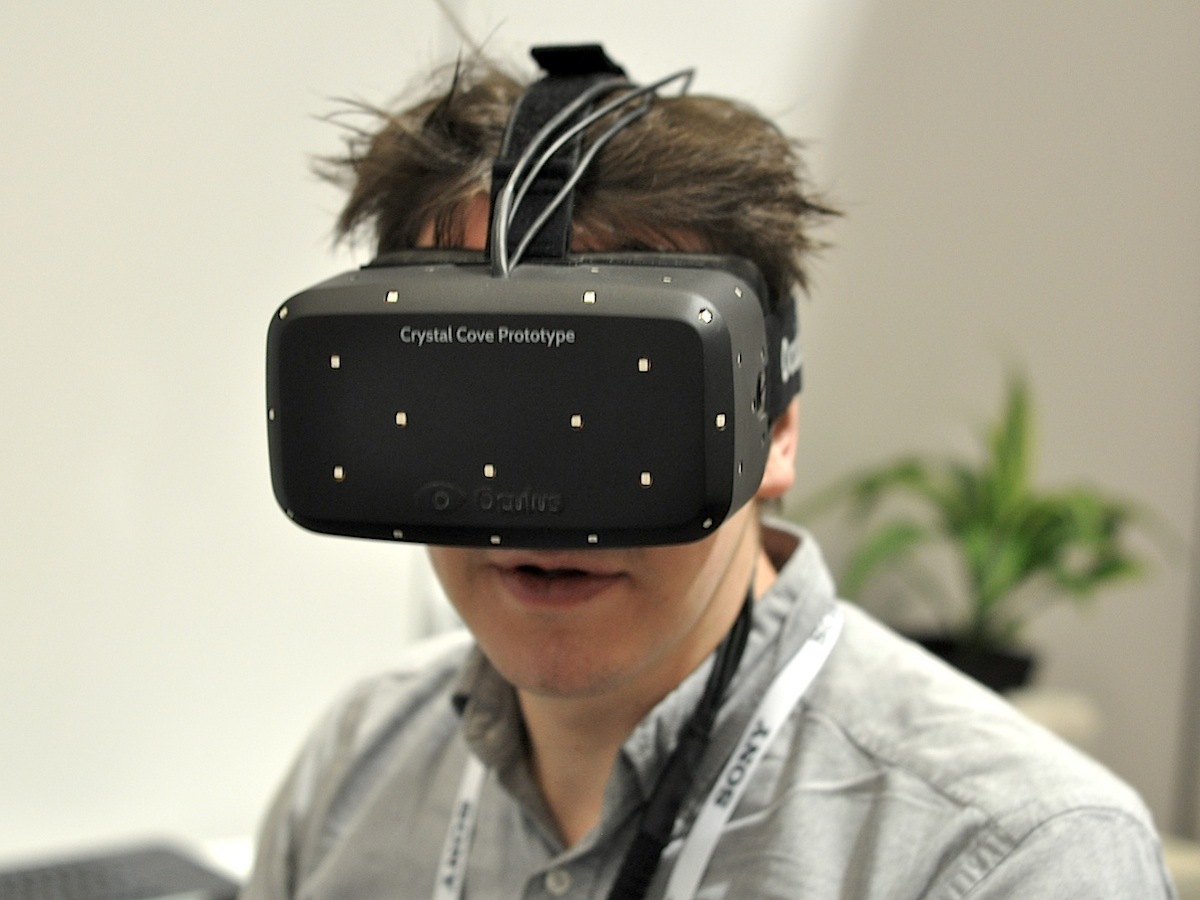
Will Findlater (Stuff since 2004):
I’ve been at Stuff for the best part of 10 years and until I tried Oculus Rift, the best VR I’d seen was on a Virtuality machine at Guildford Spectrum leisure centre, circa 1993. I tried some Vuzix smart glasses a few years back and was amazed by the poor ergonomics, sub-par visuals and middling motion sensitivity. But Rift just blew me away.
It works as it’s supposed to. Its screen looks outstanding. It recognises every motion immediately and translates it into something that feels real. And Crystal Cove, with its extra degrees of freedom, goes far beyond the levels of immersion of any other system I’ve tried.
Sure, it’ll remain niche until we’re all wearing dual-mode contact lenses that allow us to switch into a game whenever work gets dull. But if there’s any good argument for sitting in your bedroom with a massive set of opaque ski goggles strapped to your bonce, Oculus Rift is it.
READ MORE: Oculus Rift preview

